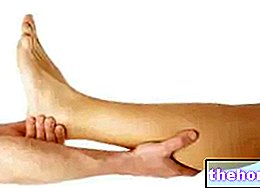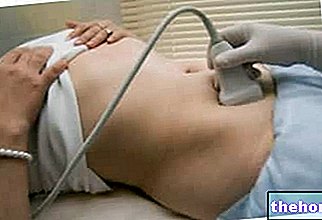Causes and Manifestations
Leg cramps are a very common disorder, generally separated from any pathological condition. These violent, involuntary and painful spasms, mostly affecting the skeletal muscles of the calf, and occasionally that of the soles of the feet or thighs, are often a simple sign of excessive dehydration or physical fatigue.

Normal or Pathology?
When accompanied by specific symptoms or present in particular situations, leg cramps can be a sign of a much more serious problem than simple fatigue. For example, when they arise while walking or climbing stairs, it could be the so-called Intermittent claudication. It is a peripheral arterial disease which - due to the presence of one or more atheromatous plaques, slowly developing in the vessels carrying blood, rich in oxygen and nutrients, to the lower limbs - forces the patient to interrupt the walk due to the onset of violent leg cramps. These, however, immediately regress with rest.
Leg cramps are also characteristic of venous thrombosis, a disease in which - due to poor circulation - blood clots form in the deep venous areas of the lower limbs. The obstruction caused by these thrombi is accompanied by a sense of weakness, swelling, redness and a sensation of heat spread in the leg. Unfortunately this is a real medical emergency; as happens in most cases, the clot can in fact dissolve without cause major problems, but it can also increase in size or, worse still, rupture. If they do not dissolve in time, the small fragments generated by the rupture, called emboli, are carried by the blood to the heart, which then pushes them into the arteries of the lungs causing the so-called pulmonary embolism, a potentially fatal disease.
Nocturnal leg cramps can also occur in the presence of diabetes, Parkinson's disease, anemia, thyroid dysfunction with hypothyroidism, cirrhosis, diarrhea, use of diuretics, electrolyte imbalances, alcoholism, use of oral contraceptives or hormone replacement therapy (estrogen increases susceptibility to deep vein thrombosis). Among the drugs called into question, in addition to diuretics, we remember nifedipine, cimetidine, salbutamol, statins, terbutaline, lithium, clofibrates, penicillamine, phenothiazine and nicotinic acid or niacin.
What to do
Seek medical attention if cramps are accompanied by symptoms such as general malaise, rapid heartbeat, difficulty breathing, swelling of the legs or ankles, fever, redness or warmth in the affected area; ditto when leg cramps appear too frequently or during moderate effort. entity.
See also: All Remedies Against Cramps "























-nelle-carni-di-maiale.jpg)




